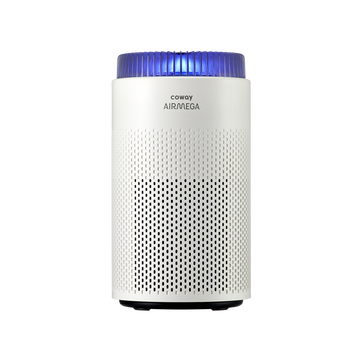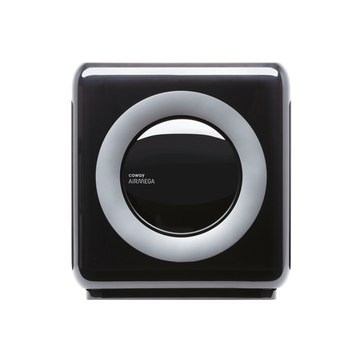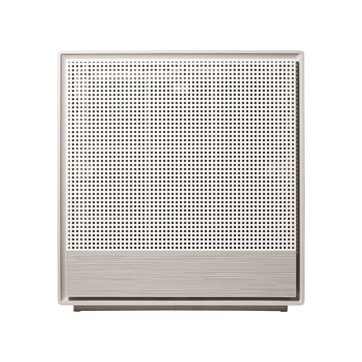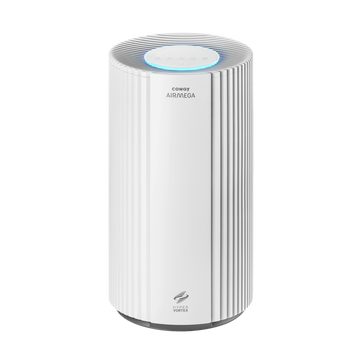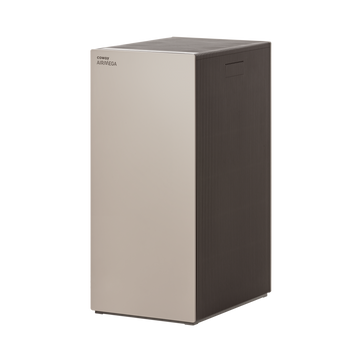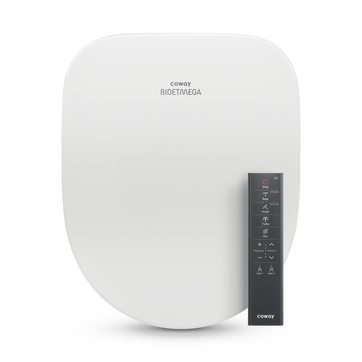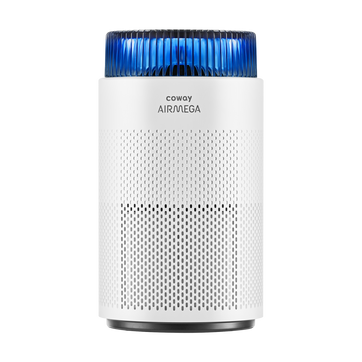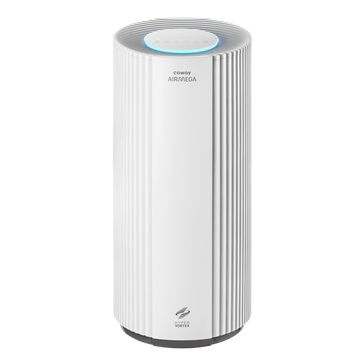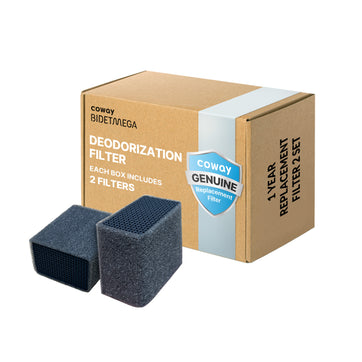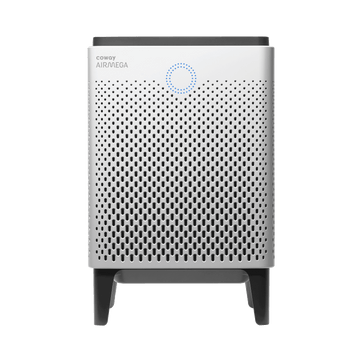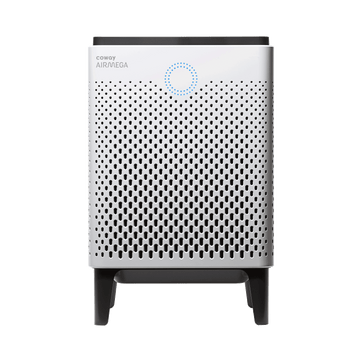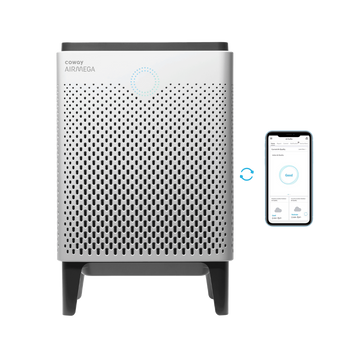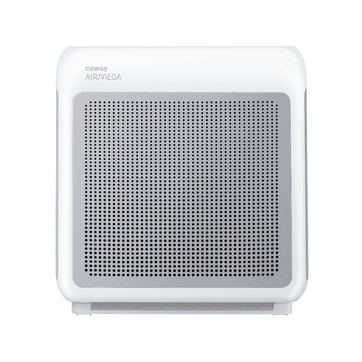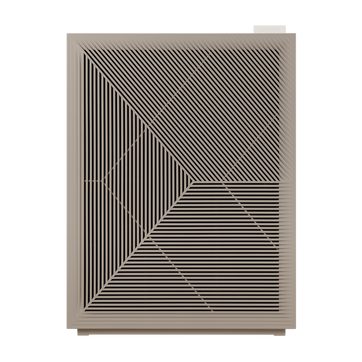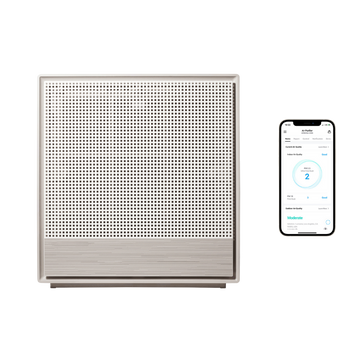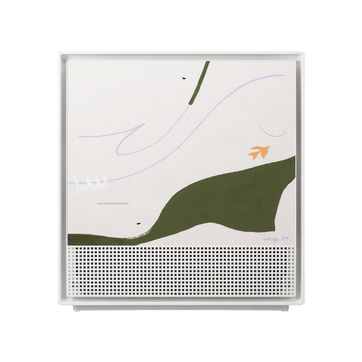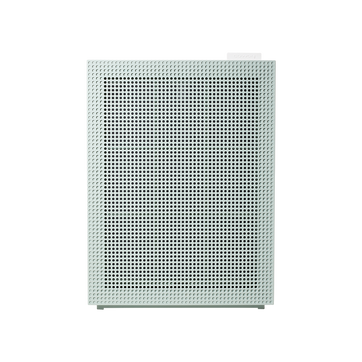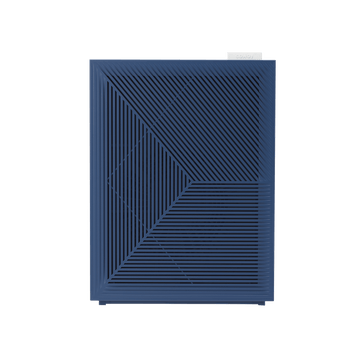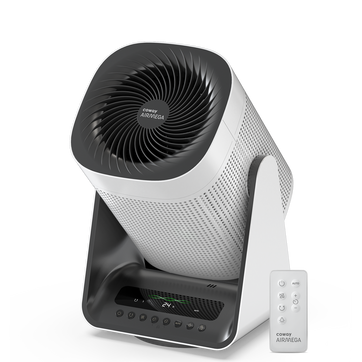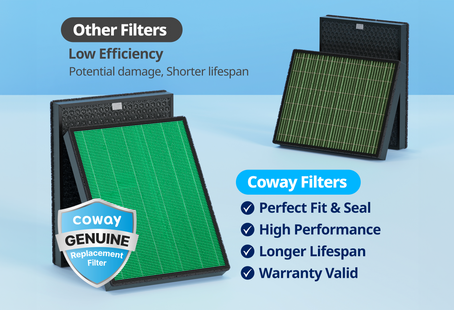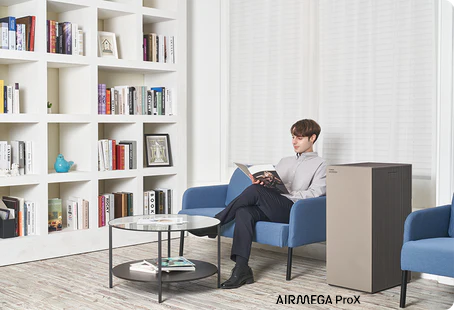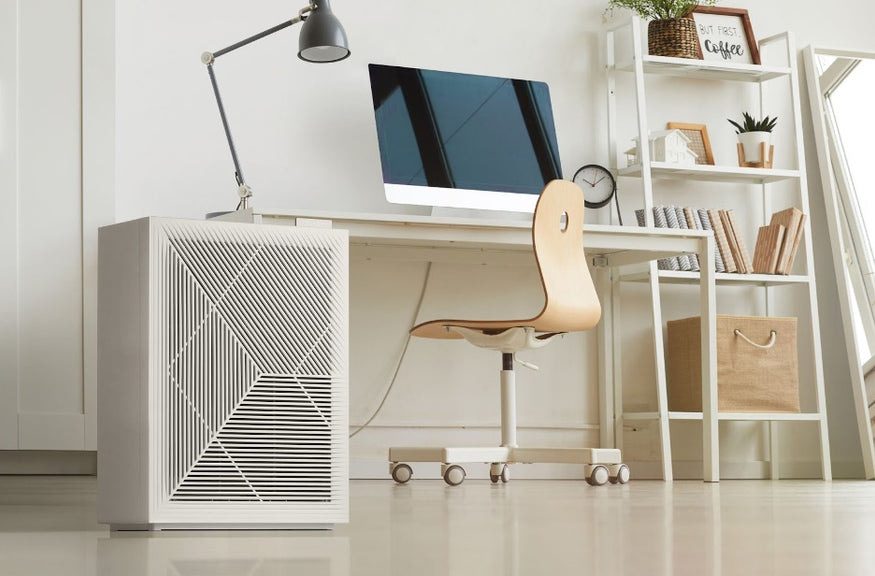
How Office Air Quality Impacts Employee Productivity
In the fast-paced world of modern business, employee productivity is a key driver of success. While factors such as work culture, management styles, and employee engagement are often discussed, one crucial aspect that is frequently overlooked is the quality of indoor air in office environments. The air we breathe can have a profound impact on our cognitive function, overall well-being, and ultimately, our ability to perform at our best.
Invisible Threat: Poor Indoor Air Quality
Office spaces are designed to promote collaboration, creativity, and efficiency. However, these very environments can harbor invisible threats to air quality that can undermine employee productivity. Some of the most common culprits contributing to poor indoor air quality (IAQ) include:
- Inadequate Ventilation: Poorly designed or maintained ventilation systems can lead to a buildup of carbon dioxide, which can cause fatigue, headaches, and decreased cognitive performance.
- Volatile Organic Compounds (VOCs): Materials such as office furniture, carpets, and cleaning products can release harmful VOCs into the air, causing respiratory irritation and impacting concentration levels.
- Dust and Allergens: The accumulation of dust, pet dander, and other allergens can trigger allergic reactions, exacerbating symptoms like sneezing, coughing, and nasal congestion, which can significantly disrupt work productivity.
- Biological Contaminants: Mold, bacteria, and viruses can thrive in damp or poorly ventilated office spaces, posing potential health risks and contributing to absenteeism due to illness.

The Scientific Link: IAQ and Employee Productivity
Numerous scientific studies have established a clear connection between poor indoor air quality and decreased employee productivity. Research has shown that exposure to high levels of carbon dioxide, VOCs, and other pollutants can lead to a range of adverse effects, including:
- Reduced Cognitive Function: Poor IAQ has been linked to impaired decision-making abilities, decreased concentration, and diminished problem-solving skills, all of which can significantly impact job performance.
- Increased Absenteeism: Exposure to airborne contaminants can exacerbate respiratory issues, allergies, and other health problems, leading to higher rates of employee absenteeism and increased healthcare costs for employers.
- Decreased Productivity: Studies have demonstrated that employees working in environments with suboptimal air quality experience fatigue, headaches, and a general feeling of lethargy, resulting in lower productivity levels.
The Economic Impact: A Case for Prioritizing IAQ
The consequences of poor indoor air quality extend beyond individual health and well-being; they can also have significant economic implications for businesses. Decreased productivity, increased absenteeism, and higher healthcare costs can collectively impact a company's bottom line and competitiveness in the market.
Conversely, investing in improving office air quality can yield substantial benefits. Research has shown that enhancing IAQ can lead to improved employee performance, reduced sick leave, and heightened job satisfaction, ultimately contributing to a more productive and engaged workforce.

Practical Solutions for Improving Office Air Quality
Addressing indoor air quality in office environments is a multifaceted approach that involves various strategies and solutions. Some effective measures include:
- Regular HVAC Maintenance: Ensuring proper ventilation and air filtration through regular maintenance and replacement of HVAC filters can significantly improve IAQ.
- Air Purification Systems: Investing in advanced air purifiers, such as Coway's Airmega ProX, with its exceptional 99.999%1 filtration efficiency, can effectively remove pollutants, allergens, and volatile organic compounds from the air in spaces up to 4,253 square feet.
- Green Building Practices: Incorporating sustainable building materials, implementing proper ventilation strategies, and promoting a culture of IAQ awareness among employees can contribute to a healthier office environment.
- Indoor Air Quality Monitoring: Utilizing air quality sensors and monitoring systems can provide valuable data on pollutant levels, enabling proactive measures to maintain optimal IAQ.
At Coway, we understand the profound impact that clean, purified air can have on employee well-being and productivity. Our cutting-edge air purification solutions are designed to create healthier indoor environments, empowering businesses to foster a more productive and successful workforce.
By prioritizing indoor air quality in office settings, employers not only demonstrate a commitment to the well-being of their employees but also invest in the long-term success and competitiveness of their organization. Breathe in the benefits of clean air, and watch productivity soar.
Sources:
EPA - Introduction to Indoor Air Quality
OHS - Breathe Easy: A Guide to Improving Indoor Air Quality for a Safer, Healthier Working Space
Family Handyman - What Is Giving Off VOCs in Your Home and How To Minimize Them
WebMD - Indoor Allergy Triggers
Gov.uk - Understanding and addressing the health risks of damp and mould in the home
International Journal of Environmental Research and Public Health - Indoor Air Quality in Buildings: A Comprehensive Review on the Factors Influencing Air Pollution in Residential and Commercial Structure
Leader Economics - Linking Indoor Air Quality And Employee Productivity
National Library of Medicine - Effects of Air Pollutants on Airway Diseases
International Journal of Environmental Research and Public Health - Assessment of Indoor Air Quality Problems in Office-Like Environments: Role of Occupational Health Services
Corporate Wellness Magazine - The Impact of Air Quality on Workplace Wellness
Harvard School of Public Health- Office air quality may affect employees’ cognition, productivity
Sustainable Energy Technologies And Assessments - Sustainable ventilation strategies in buildings: CFD research
Disclaimers
1Coway air purifiers have been proven to trap dust, pollen, dander, viruses and bacteria in the air based on KCL (Korea Conformity Laboratories) testing.They have been tested in a 30㎥ size chamber according to the Korea Air Cleaning Association standard (SPS-KACA 002-132:2022 Modified) to measure the 0.01㎛ size of particle removal rate. It was tested on maximum airflow speed in normal room temperature and humidity conditions. The performance may vary in the actual living environment of customers.
→ Tested with Airmega Aim, 50, 100, 150, 160, Tower AP-1216L, Mighty AP-1512HH, MightyS AP-1512HHS, 200M, Icon, IconS, 230, 240, 250, 250 Art, 250S, 300, 300S, 350, 400, 400S, 450, ProX
299.97% of viruses, bacteria, fungi and pollen were verified to be removed from the air for Coway air purifiers which have Green True HEPA™ filter applied based on the Japan Food Research Laboratories(JFRL) testing according to JEM 1467 standard.
→ Tested with Coway Airmega Mighty AP-1512HH, MightyS AP-1512HHS, 250, 250 Art, 250S, 300, 300S, 400, 400S
→ All tested by JFRL and received above result within below time.
4The concentration of ammonia, acetaldehyde and acetic acid were proven to be removed within 30 minutes by FCG Research Institute, Inc. Human Life Science Lab. It is not a demonstration result in the actual use space. Not all odors and gases may be supported. → Tested with Coway Airmega 150, 160, Mighty AP-1512HH, MightyS AP-1512HHS, 400, 400S
5The coverage area of the air purifier is based on an area where the air cleaner can make two air changes per hour (ACPH). An air change per hour translates to how many times an air purifier can clean an area, assuming the height of a ceiling to be 8 ft, in one hour. Therefore ** means two air changes per hour means that the cleaner can clean the area once every 30 minutes and * means air changes per hour means that the air purifier can clean the area once every 60 minutes.
10Terms and conditions apply. Discounts, including promotions, coupons, bundle discount and subscription discount, cannot be stacked on top of other coupons. During promotional periods, discount codes will not be able to be applied to orders. Promo codes may apply to products only—filters, accessories, and new products within 3 months of the release date are not included.
11Based on Coway R&D internal laboratory testing, activated carbon filtration was shown to remove up to 95% of ammonia odors within 40 minutes, and up to 99% of fecal odors within 20 minutes. Actual performance may vary depending on usage conditions.
